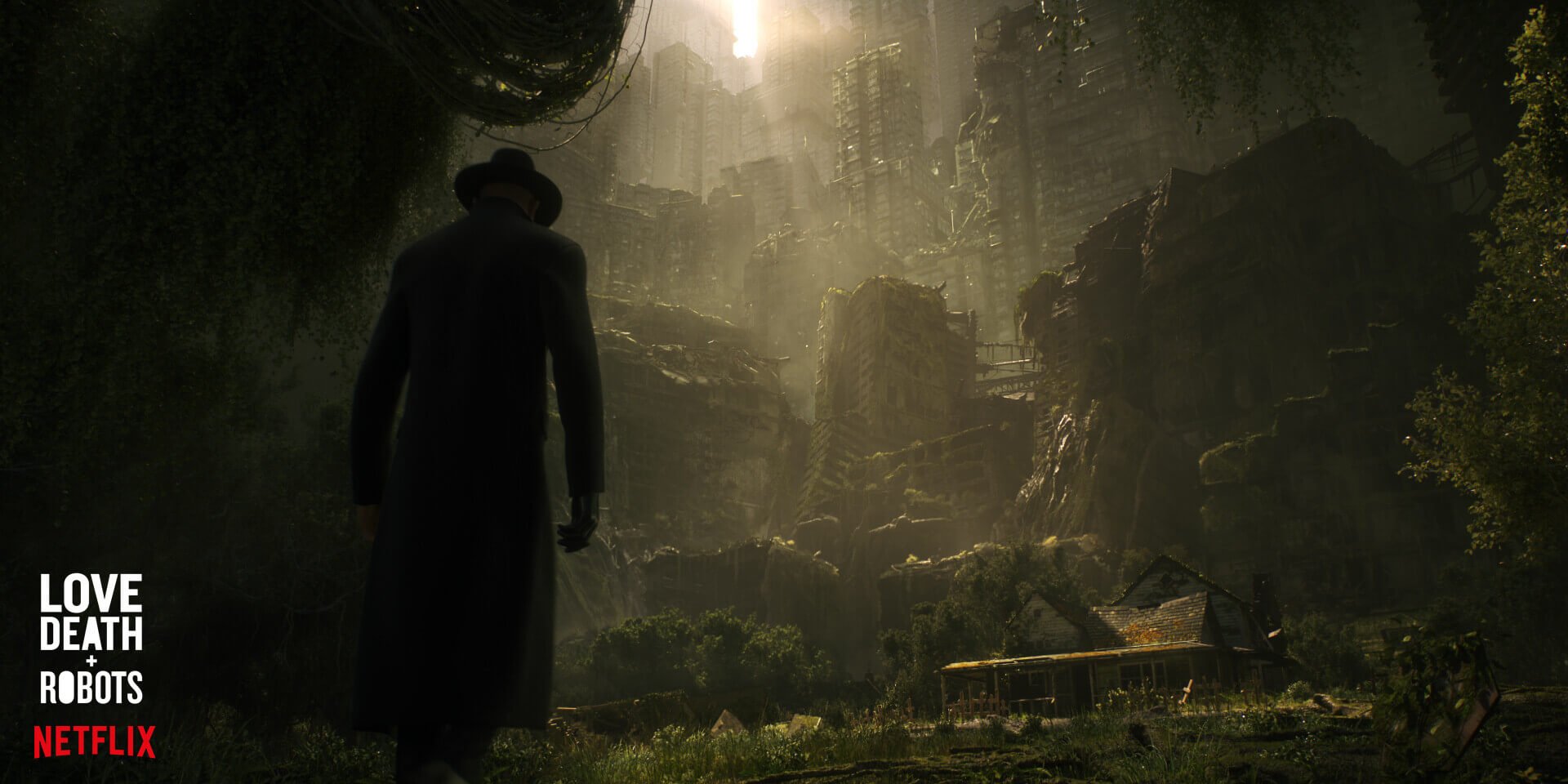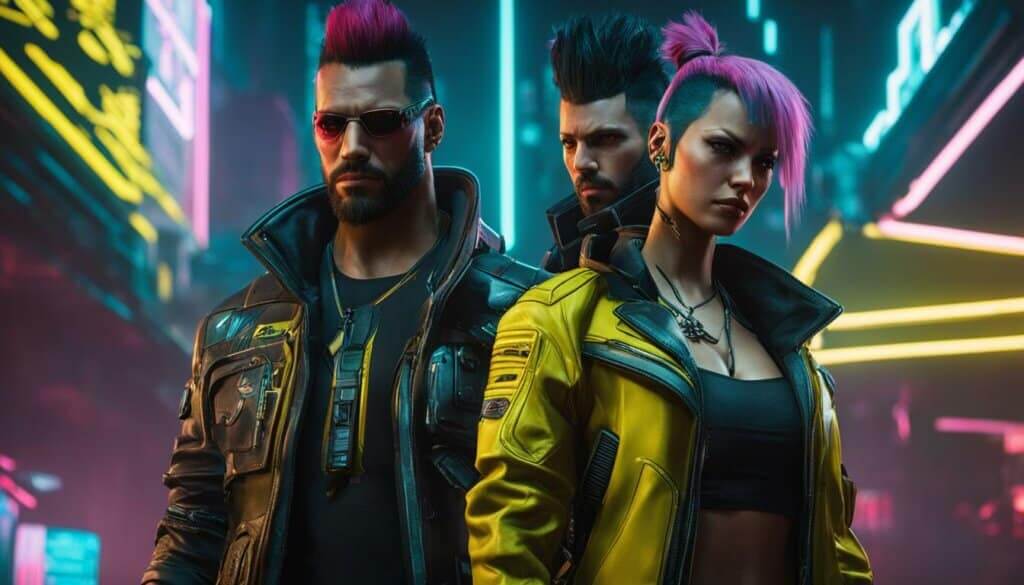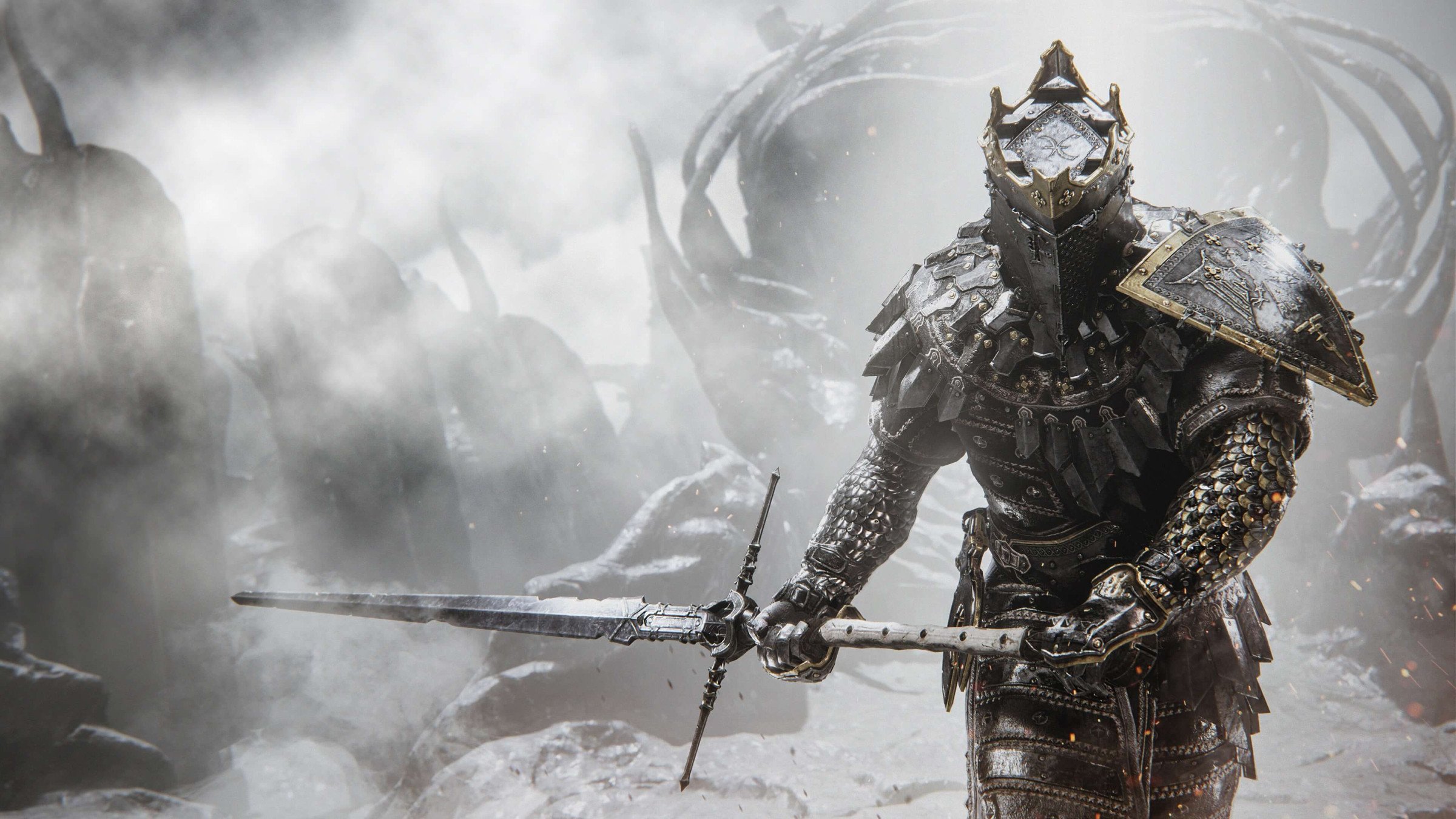
With a career spanning high-profile animation, game cinematics, and innovative visual technology, Michael Johnson is a driving force in the digital art world. From his beginnings at Blur Studio to his current role as a Principal Artist at Nvidia, Michael has made a name for himself through his immersive style frames and futuristic environments. Now, as a judge for the Secrets of the Luminara challenge, he’s excited to bring his expertise to inspire a new generation of artists.
In our conversation, Michael shared insights on adapting to various mediums, the importance of flexibility in an artist's career, and his thoughts on the future of digital art. He also revealed what he hopes to see from participants in the Luminara challenge and the qualities he looks for in standout portfolios. Join us as we dive into Michael’s world, where technology and creativity meet to shape the future of visual storytelling.
Thanks for taking the time to share your industry experience with our community, Michael! Let’s dive in – You began your career at Blur Studio, working on high-profile animation and game trailers. What drew you to the world of digital art, and how did your experiences at Blur shape your approach to creating immersive worlds?
What drew me into the world of digital art was actually playing video games. When I saw the in-game trailers it blew me away! I wanted to know everything about how it was created and that led me to the world of Computer Graphics. Growing up at a place like Blur makes you a swiss army knife in a sense. You have to learn how to adapt quickly, how to work efficiently because of time constraints, and learn how to work within a team. So much needs to be done, you have to learn how to divide and conquer.
What excites you most about the potential of new technology in the art world, and how does it influence your work today?
What excites me most about new technology is how it continually accelerates the creation of visually stunning stories. With innovations like AI tools (such as Adobe Firefly and Runway), real-time rendering, high quality 3D assets like those from KitBash3D, and advancements in GPU technology, artists now have unparalleled resources at their fingertips to bring amazing visuals to life faster than ever.
You’ve worked across animation, film, and video games, each with its own unique demands. How do you adapt your creative process when switching between these different mediums?
For me my creative process is always evolving but I aim to create something visually stunning while serving the story's purpose. I would say for either of these categories you want to try to keep the quality really high while keeping your assets and files as optimized as possible for better performance overall.
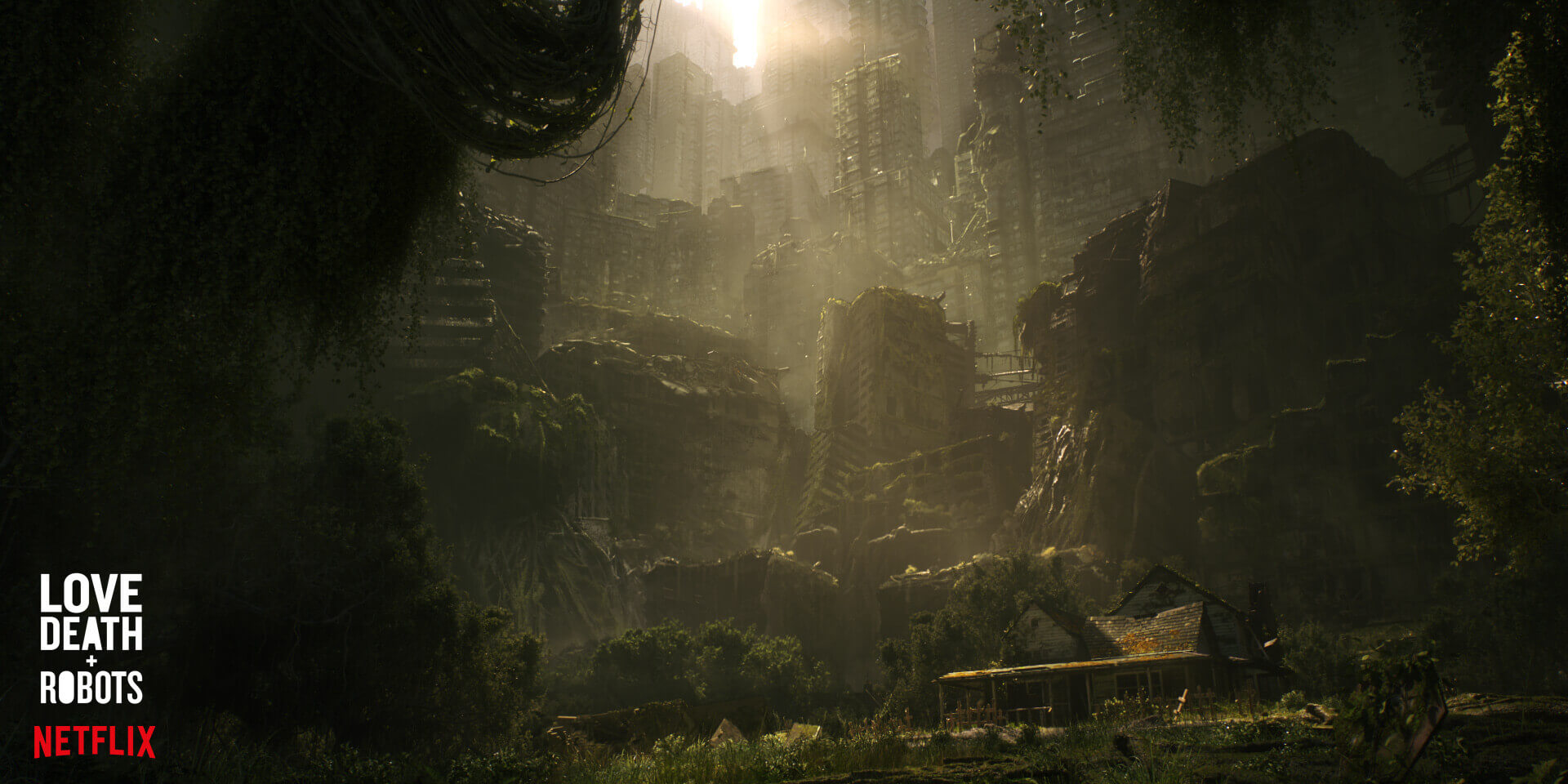
Love, Death and Robots Season 2 “Pop Squad” / Blur Studio, Netflix. Michael was in charge of environment modeling, matte painting, lighting and compositing.
With your extensive background in style frames and world-building, what are some of the key challenges you face when crafting visually engaging scenes, and how do you overcome them?
Creating visually engaging scenes, especially in style frames and world building, comes with different sets of challenges that require a balance of creativity and storytelling. One key challenge is making each frame immediately impactful while also hinting at a broader world, whether it’s through subtle details or the way elements are arranged to draw the viewer in. Achieving this often involves thinking deeply about composition, lighting, and color to ensure every piece contributes to the story and mood without overwhelming the viewer.
With artists around the world participating in the Secrets of the Luminara challenge, what are you most excited to see from the submissions?
I'm so excited to see what stories they will tell! Artists are creating so many great things today in their rooms that would have taken large studios to do in months now. Can not wait to see all the great work that comes from this!
You’ve reviewed countless portfolios over the years. Beyond technical skill, what qualities or unique elements do you look for that make an artist’s portfolio stand out, particularly in today’s competitive digital art landscape?
Some of the things that stand out to me are personal style (do you stand out from the rest?), consistency of quality, and range. There are many clients out there with their own identity and style, can you shift yours to help deliver their message?

The Elder Scrolls: Dark Heart Of Skyrim (GreyMoor) / Microsoft. Michael worked on the show as a Matte painter, Modeler and Compositor.
You’ve emphasized the importance of flexibility and collaboration in an artist’s career. Could you share more on how these qualities influence both individual and team success, especially in fast-paced production environments?
The most important quality in an artist, in my opinion, is how easy they are to work with and how flexible they are in terms of adapting styles or skill sets on the fly. After my years of working in large studios, I cannot emphasize how important it is to be a nice person. No one wants to work with someone with attitude problems. As a generalist working on numerous game cinematics, I had to go from doing cartoony environments to photorealistic environments on the fly. Then I was also able to comp shots in Nuke. Being flexible, having range, and also being a great person to work with will keep you busy and requested.
Working on a diverse range of projects at Nvidia must bring new challenges every day. What aspects of your role do you find most fulfilling, and how do they inspire your ongoing growth as an artist?
What I love most about my job is never knowing what I’m going to work on next! It’s an exciting place to be, and each task comes with a new challenge that enables me to learn more. So in a sense, I could say what I love most about my job is that it continues to push me as an artist while teaching me much more in the process.
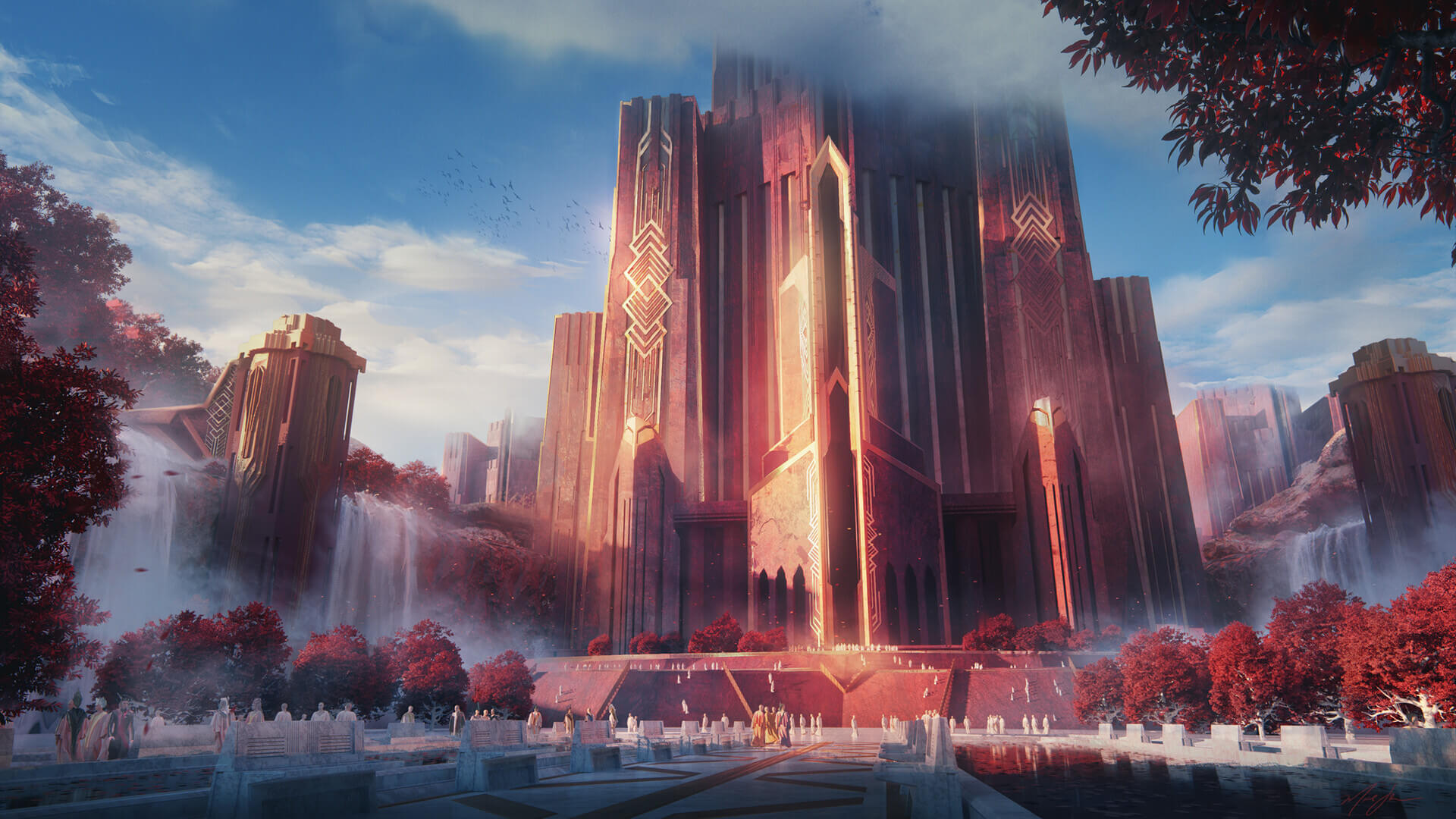 Deco, one of Michael’s many personal projects
Deco, one of Michael’s many personal projectsIn today’s rapidly evolving industry, what skill do you believe is crucial for every emerging artist to develop, and why do you think this is especially important for sustaining a successful career?
A skill I would give to every up-and-coming artist, especially at this time, is to learn to enjoy the process. Everyone wants to go from 0 to 100. If you learn to enjoy the process, you are always present and grateful for what you are doing now. Failing is a huge part of success, so never get down on yourself or be too hard on yourself. I’ve learned more from my failures than my success.
Looking ahead, what are your hopes for the future of digital art and technology?
I hope that digital art will continue to evolve as a tool for storytelling and connection. As technology enables more immersive experiences, there’s potential for new forms of interactive storytelling, virtual worlds, and collaborative art spaces that audiences can experience firsthand. This could open up new opportunities for artists to connect with viewers on a deeper level and for people to experience art as something they can actively explore.
Thank you, Michael, for sharing your journey, insights, and dedication to digital art! Your passion for blending art and technology is a true inspiration, and your guidance offers invaluable insights for creators navigating this dynamic field. We’re thrilled to have your expertise as a judge for the Secrets of the Luminara challenge, knowing the community will benefit greatly from your perspective. With your drive for innovation, we can’t wait to see how your journey continues to shape the digital art landscape. Until next time, happy KitBashing!
Interview conducted and article written by Carmen Moreno.

